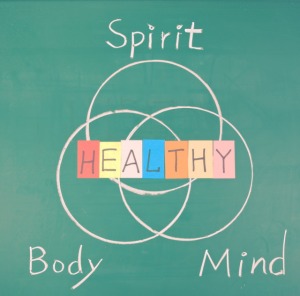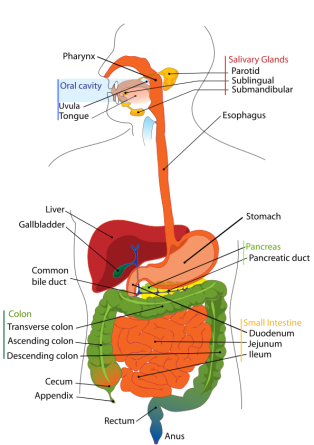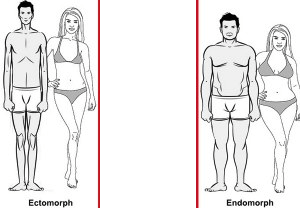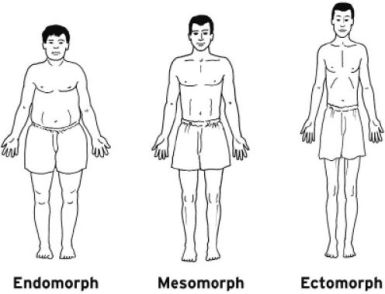
 Disclaimer: Spiritual Content Ahead!
Disclaimer: Spiritual Content Ahead!
Being that it’s the time of year when some people acknowledge and celebrate the birth of Jesus Christ it seemed appropriate to draw upon some spiritual themes for this posting. Western religions of many different doctrines and beliefs often embrace the concept of the Trinity within their dogma. The Trinity is composed of God the Father, God the Son and God the Holy Spirt. Please open your mind to the comparison that our own being is very much designed to reflect that of the holy Trinity.
While the Christian faith adheres strongly to monotheism (the existence of only one God) it also affirms that this singular being exists and is represented in three Persons: Father, Son and Holy Spirit. Each part of the Trinity is equally God, not three gods, but three parts of one infinite God. While each part is composed of the same divine constitution, each also contributes a distinct expression to the one Godhead. Since these three parts are identical in divine makeup, the things that identify them separately are the roles each play and the work they do in the world, and the relationship each has with the other 2 parts. Here are their roles with each other:
Father – ultimate authority, creates grand purposes and plans that take place in the world
Son – under Father’s authority, seeks to do His will. Still fully God, but takes lead from Father and wants to glorify Him in everything
Holy Spirit – under both Father and Son. Spirit wants to glorify the Son which ultimately praises the Father. Still fully God.
Here are their roles in the world:
Father – created us, created redemption, sent the Son into the world in human form
Son – came to the world in obedience of Father
Spirit – came to empower the Son for the purpose determined by the Father. Spirit raised Jesus from the dead
With that brief understanding of the Trinity, let us now examine the three components that exist in every human being, with or without religious conviction. Each person rushing through a busy mall this holiday season is powered by, not only Starbucks, but their own personal trinity of Mind, Body and Spirit.
Mind – The brain is the control center for the human body and within the brain occur many neuro processes and transmissions occur. The result of these mechanics is the human mind: the element of a person that enables them to be aware of the world and their experiences, to think, and to feel; the faculty of consciousness and thought, person’s intellect, a person’s attention.
Body – under the authority of the brain and the mind. The body cannot function properly without the direction of the brain and mind
Spirit – under both the mind and the body. Indomitable spirit, will, motivation, sweetness, kindness, goodness and determination come from our spirit which operates to fortify the body and bring balance to the mind.
So the Mind is to the Father, as the Body is to the Son and the Spirit is to the Holy Spirit. If the holy Trinity is completely equal, simply with different roles, and the mind, body and spirit are modeled in the same fashion, then shouldn’t mind, body and spirit also be completely equal within each individual? If you’re still with me then you probably already recognize that in the VAST majority of us those components are not equal. Personally, my body is way more active than my mind or spirit because I enjoy working out. For some who don’t enjoy exercise perhaps their mind is acting in excess. And others still have decided that they must completely ignore the other 2 components of their being to convey their dedication to God, and spiritual hypertrophy.
This concept came to me, I believe from God, while I was running (b/c trust me I don’t come up with this stuff). The message I received is that in order to live a fully happy and purposeful life, we must maintain a healthy balance between our mind, body and spirit. 15 hours a week of exercise, 1 hour a week of reading and 1 hour a week of meditation or church or whatever you do to express spirituality is not balance! Each day we must strive to keep our balance between these three components to enhance the experience of life and avoid missing out on one aspect because we are too preoccupied with another.
This holiday season strive for balance. Read an article on something that interests you, exercise your body and eat right, and reflect on the plethora of blessings that adorn your life. Arrive at New Year’s Eve with a sound mind in a sound body with a melodious spirit, ready to ring in the best year of your life. Thank you for reading, much love and peace be with you!








